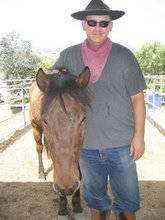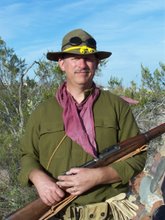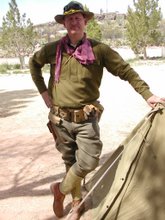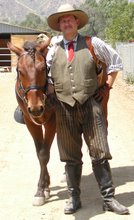
Although the above doesn't directly apply to the First World War, I think it applies anyway. This verse is attributed to John Maxwell Edmonds (1875 -1958), and is thought to have been inspired by the epitaph written by Simonides to honour the Greek who fell at the Battle of Thermopylae in 480 BC.
This epitaph is part of the 2nd Division Memorial commemorating those who fell in the Battle of Kohima in 1944. Here's some more detail:
The Kohima 2nd Division Memorial is maintained by the Commonwealth War Graves Commission on behalf of the 2nd Infantry Division. The memorial remembers the Allied dead who repulsed the Japanese 15th Army, a force of 100,000 men, who had invaded India in March 1944 in Operation U-Go. Kohima, the capital of Nagaland was a vital to control of the area and in fierce fighting the Japanese finally withdrew from the area in June of that year.
The Memorial itself consists of a large monolith of Naga stone such as is used to mark the graves of dead Nagas. The stone is set upright on a dressed stone pedestal, the overall height being 15 feet. A small cross is carved at the top of the monolith and below this a bronze panel is inset. The panel bears the inscription:
This epitaph is part of the 2nd Division Memorial commemorating those who fell in the Battle of Kohima in 1944. Here's some more detail:
The Kohima 2nd Division Memorial is maintained by the Commonwealth War Graves Commission on behalf of the 2nd Infantry Division. The memorial remembers the Allied dead who repulsed the Japanese 15th Army, a force of 100,000 men, who had invaded India in March 1944 in Operation U-Go. Kohima, the capital of Nagaland was a vital to control of the area and in fierce fighting the Japanese finally withdrew from the area in June of that year.
The Memorial itself consists of a large monolith of Naga stone such as is used to mark the graves of dead Nagas. The stone is set upright on a dressed stone pedestal, the overall height being 15 feet. A small cross is carved at the top of the monolith and below this a bronze panel is inset. The panel bears the inscription:
"When You Go Home, Tell Them Of Us And Say,
For Their Tomorrow, We Gave Our Today"
For Their Tomorrow, We Gave Our Today"
The words are attributed to John Maxwell Edmonds (1875 -1958), an English Classicist, who had put them together among a collection of 12 epitaphs for World War One, in 1916.
According to the Burma Star Association the words were used for the Kohima Memorial as a suggestion by Major John Etty-Leal, the GSO II of the 2nd Division, another classical scholar.
The verse is thought to have been inspired by the Greek lyric poet Simonides of Ceos (556-468 BC) who wrote after the Battle of Thermopylae in 480 BC:
"Go tell the Spartans, thou that passest by,
That faithful to their precepts here we lie."
That faithful to their precepts here we lie."










No comments:
Post a Comment